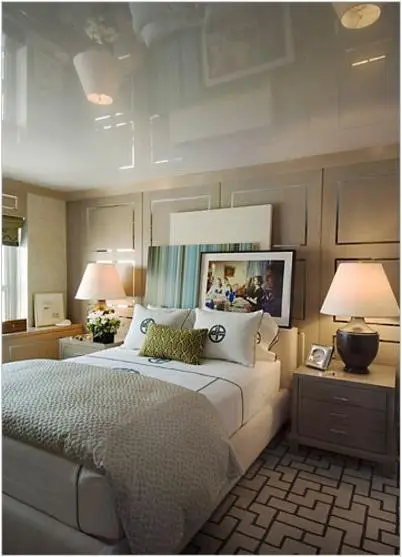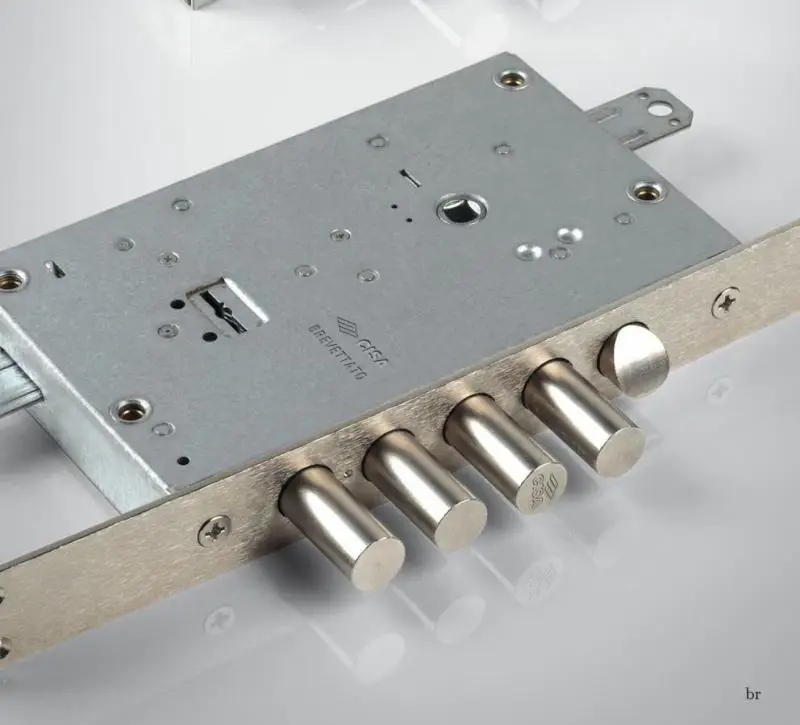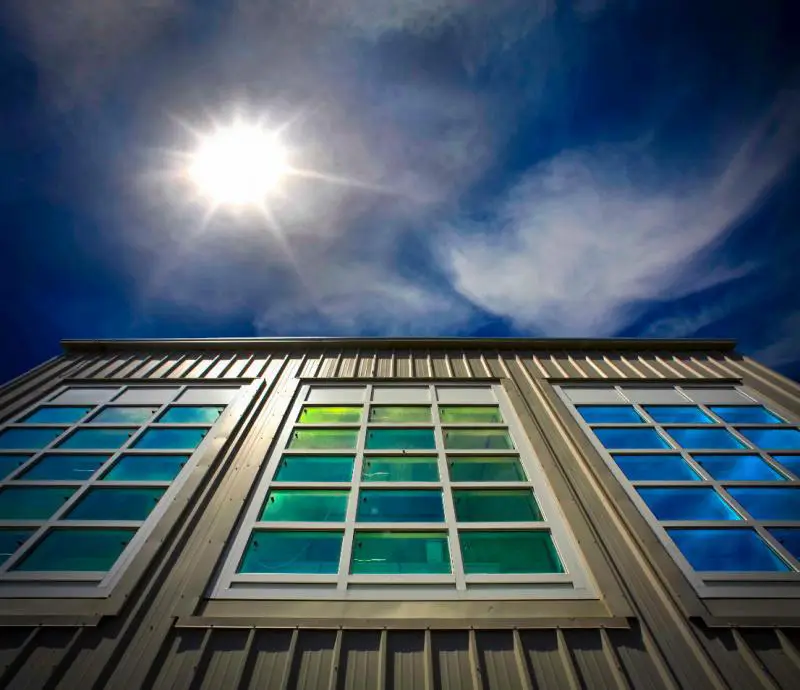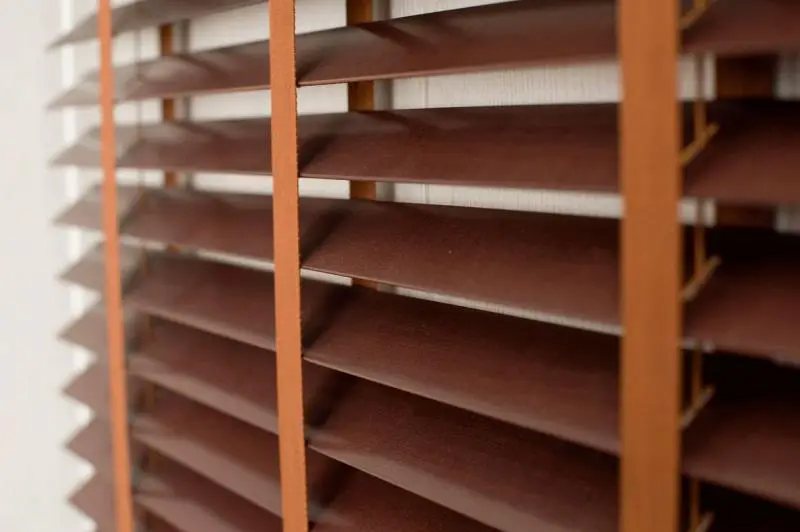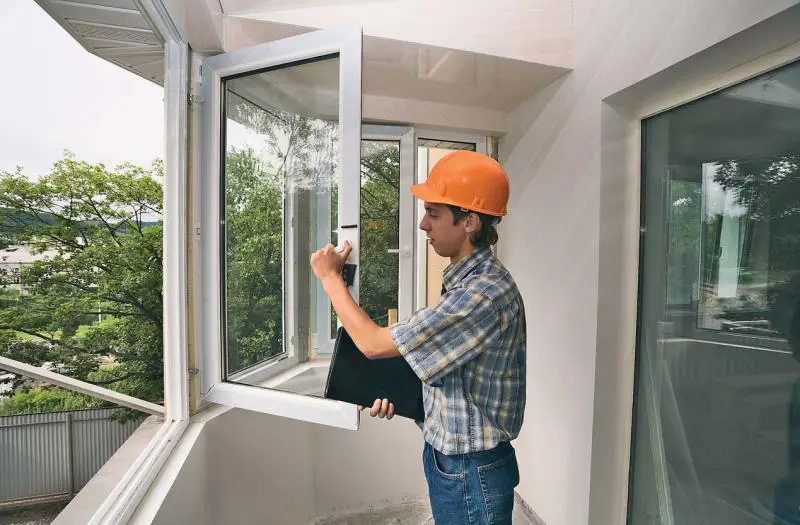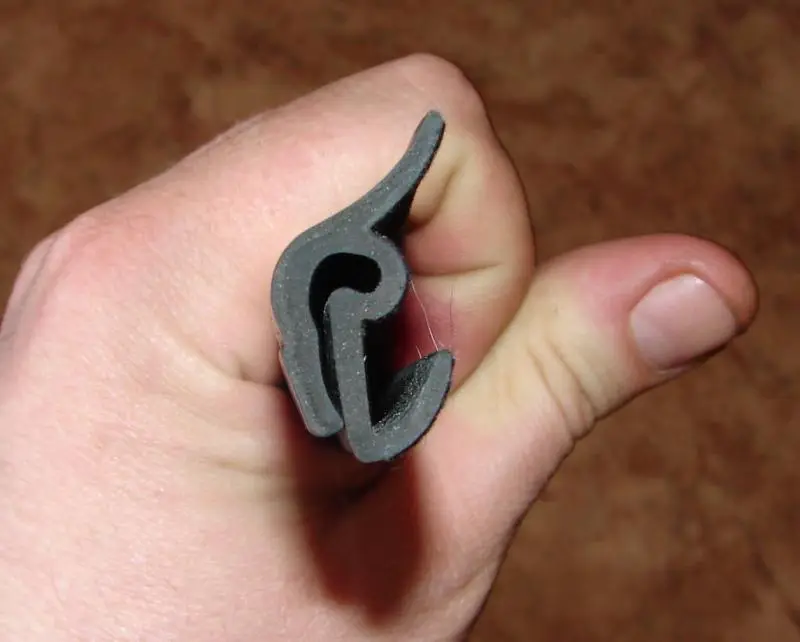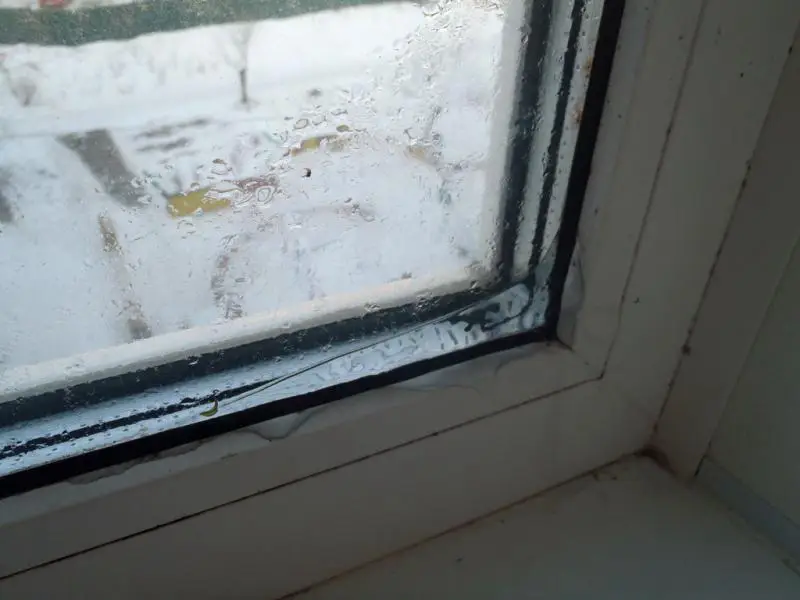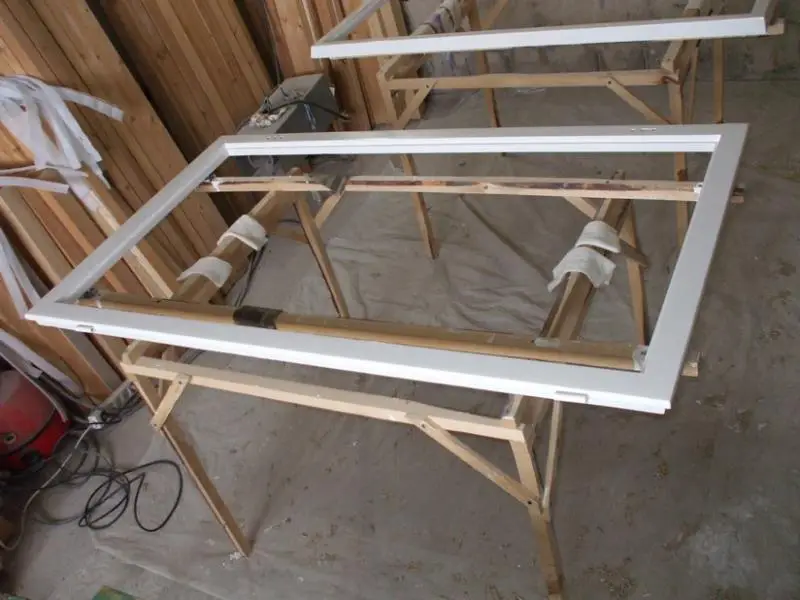There can be your advertisement
300x150
Repair in Practice: Which Material to Choose for Ceiling Finishing
The ceiling is the most visible and exposed part of any room. Any defects, unevenness, or cracks immediately draw attention. That's why special attention is given to ceiling finishing.
The ceiling serves not only decorative but also functional roles—beyond the main chandelier, additional lights, motion sensors, fire alarms, and video cameras are often installed. This creates a need to hide all 'extra' elements.
Ceilings can also zone space, create coziness, and set the mood. Consider the room’s overall style, moisture resistance, and eco-friendliness. Today we’ll explore the most popular materials for ceiling finishing, along with their main advantages and disadvantages.
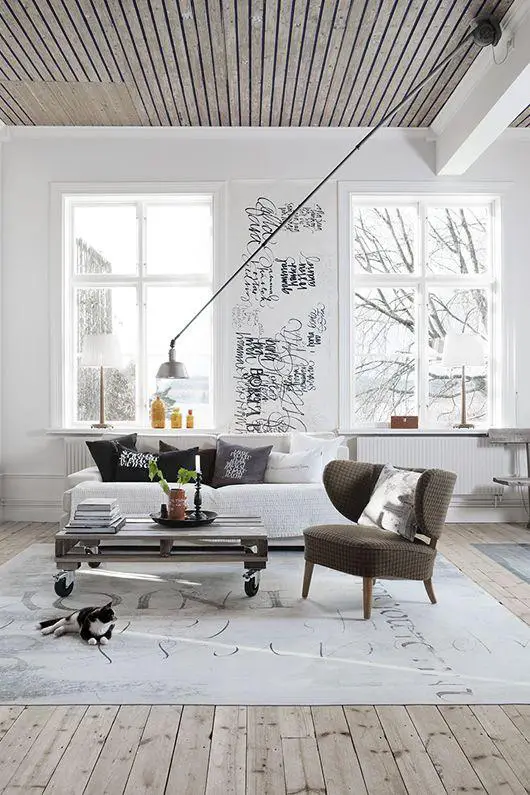
Whitewashing with lime (chalk) solution
A traditional ceiling finishing method is whitewashing with lime or chalk-based solution. Despite a wide variety of options, many people still prefer a smooth white ceiling.
Pros
This finish blends seamlessly into any interior. It's the most affordable and simplest option.
Cons
Whitewashed ceilings don’t withstand high humidity and are not durable. On kitchens, they yellow quickly due to steam. Additionally, they require labor-intensive preparation: cleaning, leveling, plastering, and skimming.
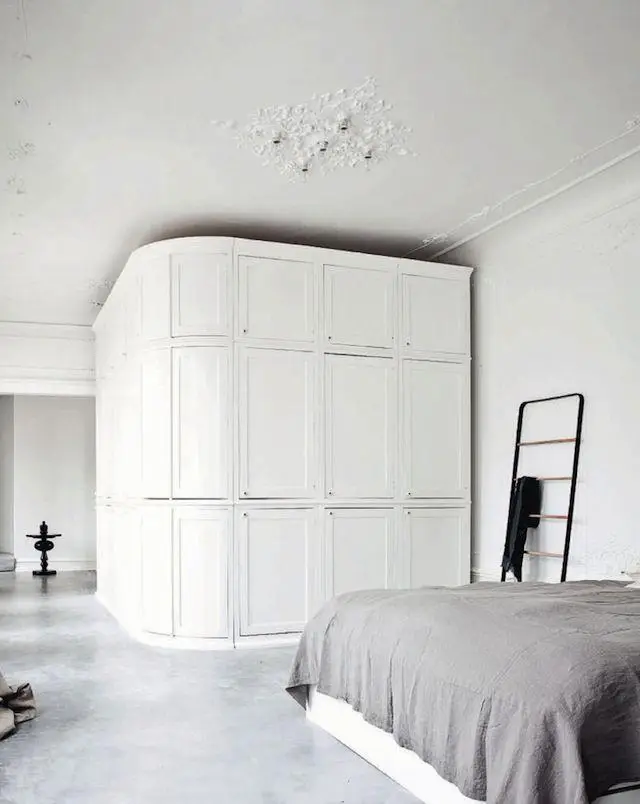

Painting
Painting the ceiling surface is another common finishing method. To avoid frequent repairs, choose high-quality acrylic water-based paints.
Pros
Water-based paints are moisture-resistant, dry quickly, and adhere easily to brick, concrete, and plaster. Surfaces are easy to maintain—just wipe clean. A budget-friendly option.
Cons
Before painting, the ceiling must be properly leveled. When repainting, old paint must be removed.

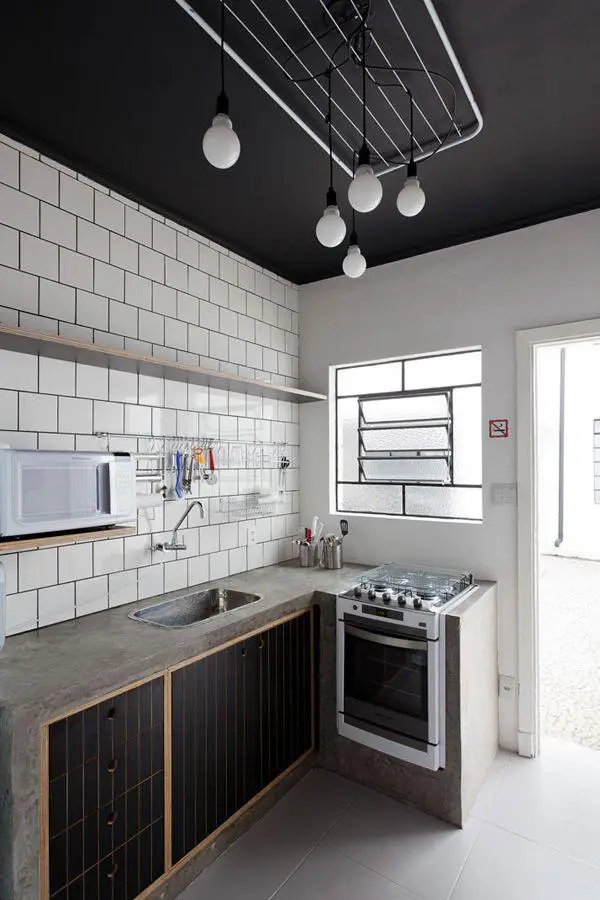
Ceiling wallpapers
If you want to conceal minor cracks in the plaster layer, use ceiling wallpapers. This creates a stylish and affordable finishing solution. Vinyl or paper wallpapers in light tones work best.
White wallpapers with various textures look great. It’s more practical to choose wallpapers suitable for painting—after a few years, you can repaint them into a new color or refresh the existing one.
Vinyl wallpapers on a non-woven (fleece) base are stronger and more durable, as are glass fiber wallpapers.
Pros
Cost-effective and attractive. Cleaner than whitewashing. Offers more design variety than painting.
Cons
Applying wallpaper to the ceiling is harder than on walls, so a helper is recommended.
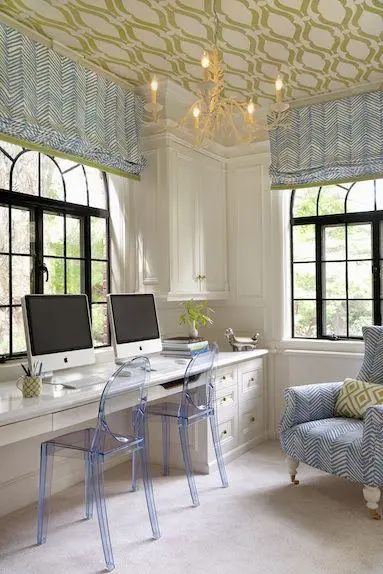
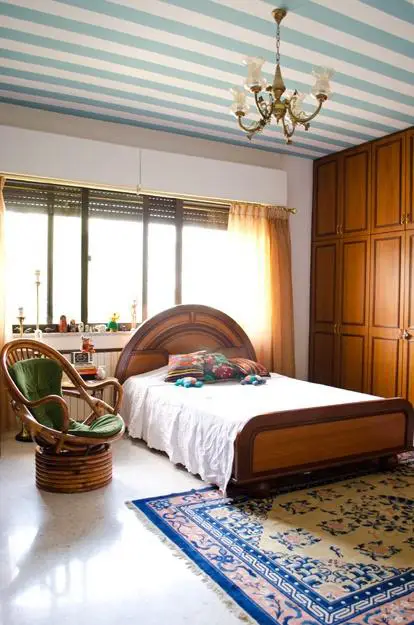
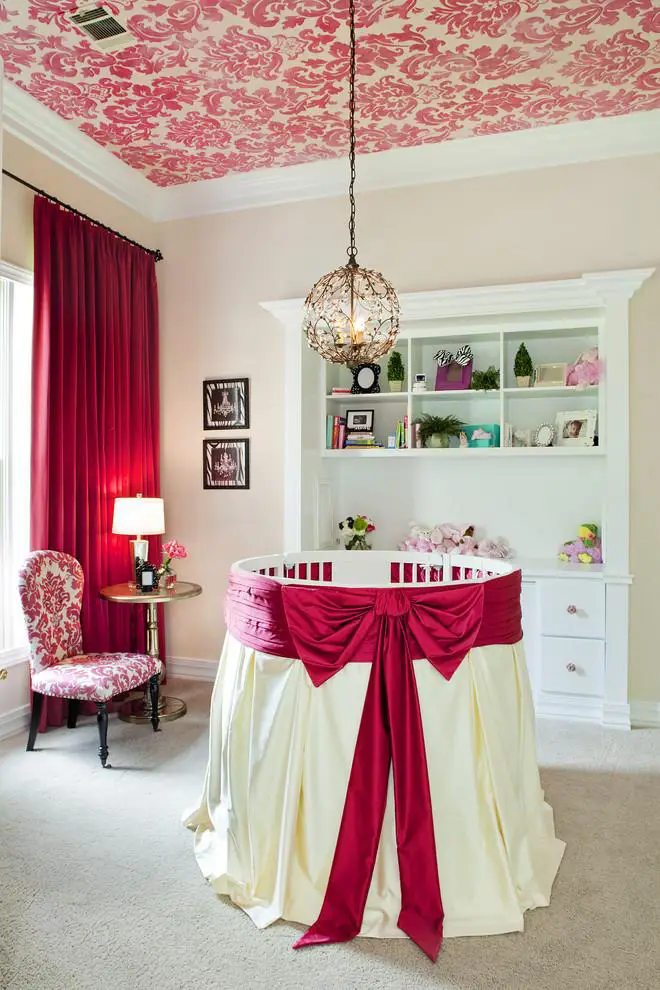
Adhesive ceiling panels
Adhesive ceiling panels are one of the most affordable decorative finishing methods. Rectangular or square polystyrene panels are glued directly onto the ceiling. They allow for easy imitation of wood, stone, ornamental plaster, or fabric patterns. The base can be brick, concrete, wood, or gypsum.
Pros
Polystyrene panels offer thermal and sound insulation. Easy to maintain—just wipe with a damp cloth. Grease stains can be removed quickly with alcohol-based cleaners.
Cons
Preparation is required: cleaning and priming, regardless of base type. Adhesive panels cannot hide utilities or accommodate recessed lights. Avoid placing near open flames, as they may melt.
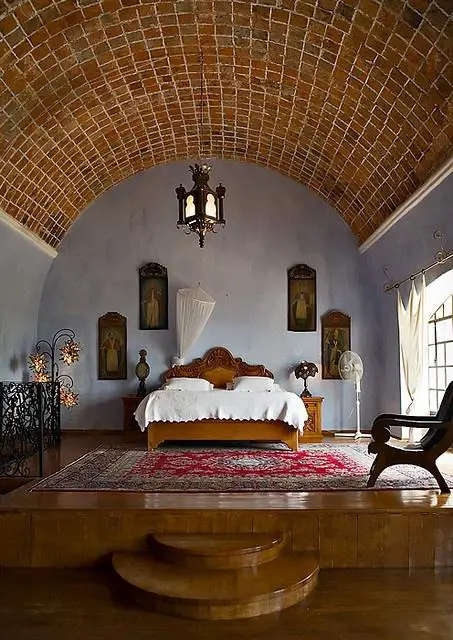
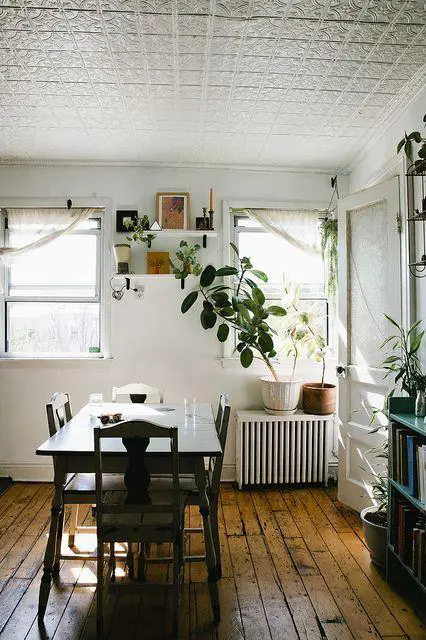
Drop (suspended) ceilings: gypsum board, tiles, strips, cassettes
Suspended ceilings have become very popular. They are attached via a metal framework, onto which materials like strips, cassettes, tiles, or gypsum board are fixed.
After installation, a void forms between the ceiling and the original surface, allowing for hiding of alarms, ventilation, plumbing, and other utilities. This type of finishing enables creative designs and multi-level structures for zoning spaces.
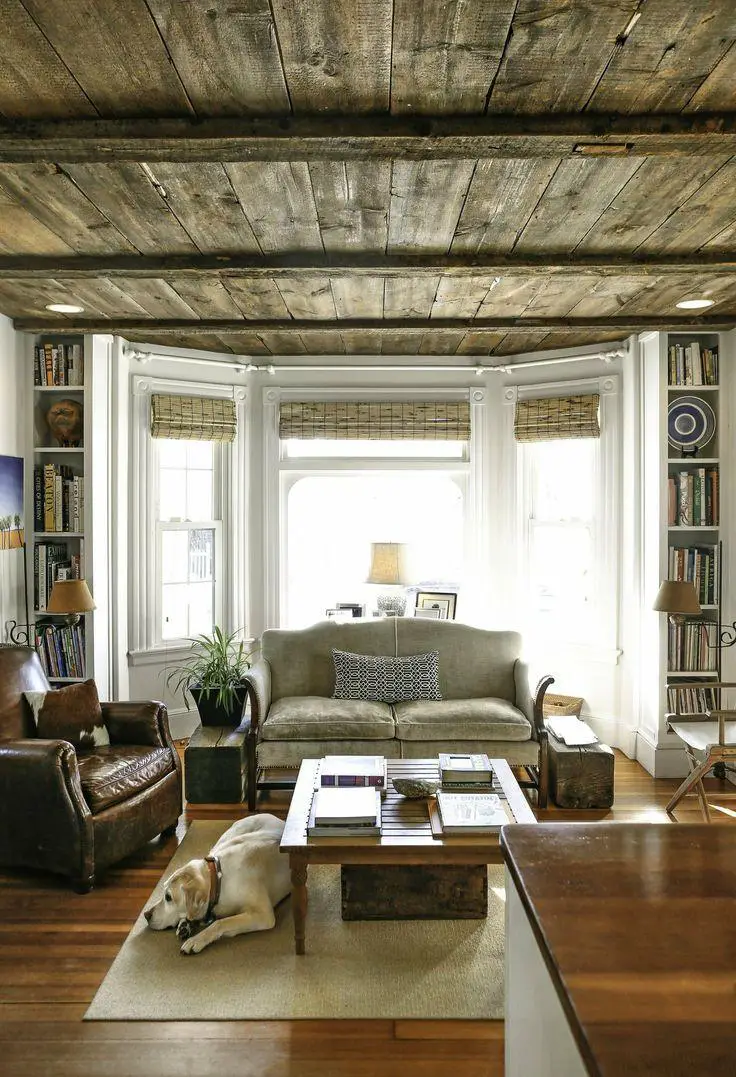
Pros
Suspended ceilings hide wiring, defects, and unevenness. They do not condense, making them ideal for pools, saunas, and bathrooms. They’re excellent for integrating various light fixtures and other elements. Gypsum board tiles create a perfectly flat surface and are easy to cut and shape into complex designs. Cassette ceilings are easy to maintain—just remove and wash. They’re resistant to temperature and moisture changes. Made from lightweight alloys and metals. Strip ceilings are made from steel or aluminum sheets. Ideal for small rooms. Offer a wide color palette, including mirror and gold finishes. Textured versions look elegant in any interior.
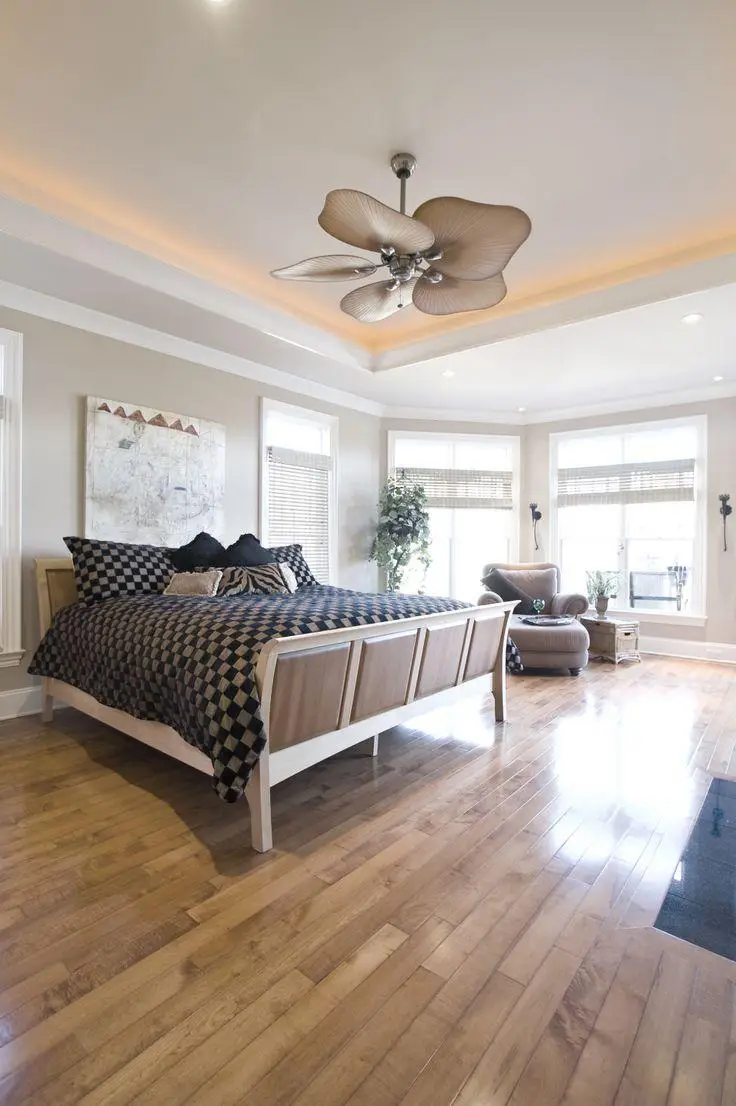
Cons
Suspended ceilings are expensive and require professional installation and preparation. Not suitable for small apartments, as they reduce ceiling height by about 20 cm. Strip types offer poor sound insulation.
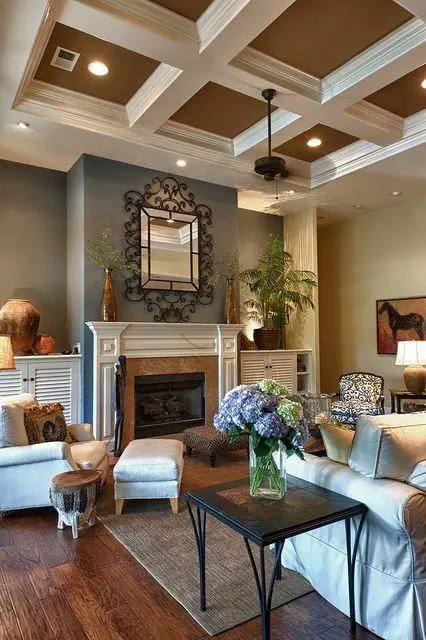
Stretch (French) ceilings
Stretch ceilings are currently very popular. Made from strong polymer materials, they allow for creating durable, perfectly flat, and visually striking ceiling finishes.
Pros
Stretch ceilings are ideal for unique interior designs. They don’t fade, offer a wide color range, and are moisture-resistant. Installation takes just a few hours. Durable and long-lasting—up to 50 years. Non-toxic, high-quality materials. Compatible with any lighting type, including recessed lights, crystals, and LEDs. Require minimal maintenance—easy to clean with soapy water. Grease stains can be removed with glass cleaner or ammonia spirit. Regular vacuuming and soft cloths are also effective.
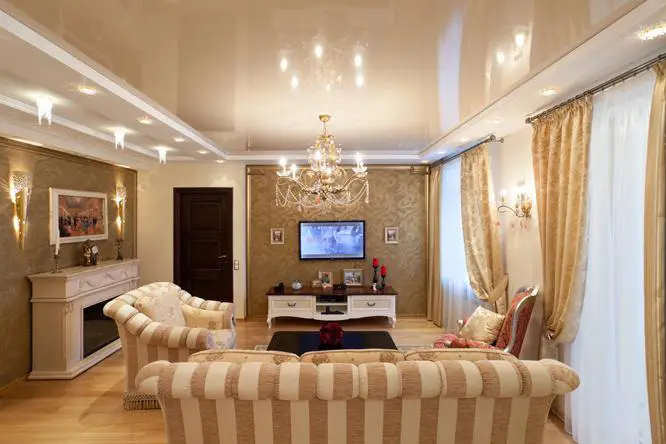
Cons
Stretch ceilings are considered a premium option. Reduce ceiling height by 3–4 cm. Surface must be properly leveled before installation. Cannot hide utility systems. Installation is complex and sensitive to high temperatures (can sag) and cold (can lose elasticity).
